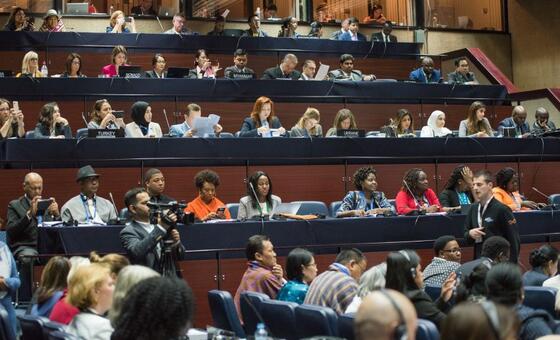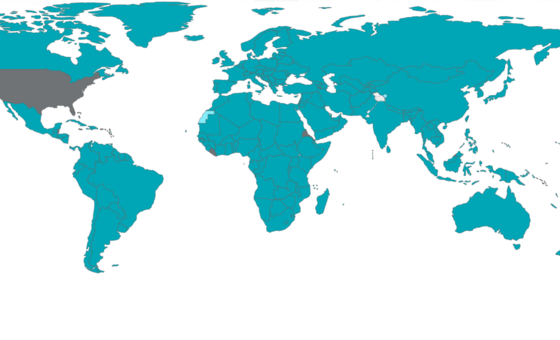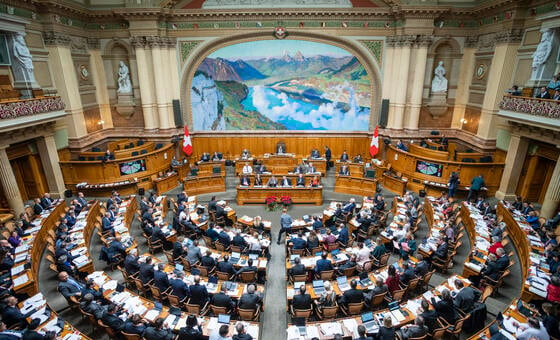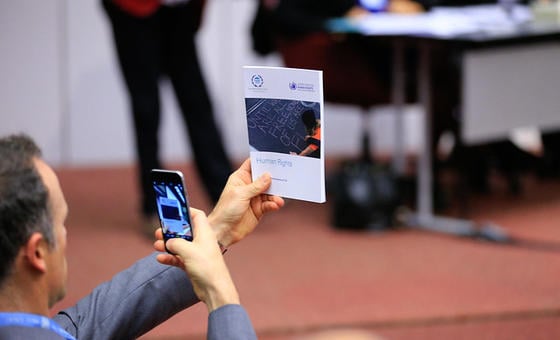- ImpactWe help parliaments to become greener and to implement the Paris agreement.We support democracy by strengthening parliamentsWe work to increase women’s representation in parliament and empower women MPs.We defend the human rights of parliamentarians and help them uphold the rights of all.We help parliaments fight terrorism, cyber warfare and the proliferation of weapons of mass destruction.We encourage youth participation in parliaments and empower young MPs.We support parliaments in implementing the SDGs with a particular focus on health and climate change.
- ParliamentsNearly every country in the world has some form of parliament. Parliamentary systems fall into two categories: bicameral and unicameral. Out of 190 national parliaments in the world, 78 are bicameral (156 chambers) and 112 are unicameral, making a total of 268 chambers of parliament with some 44,000 members of parliament. IPU membership is made up of 180 national parliaments
Find a national parliament
We help strengthen parliaments to make them more representative and effective.. - EventsVirtual eventThe International Court of Justice (ICJ) was constituted under the United Nations Charter to help nations settle disputes peacefully in accordance with international law.
- Knowledge
Discover the IPU's resources
Our library of essential resources for parliamentsGlobal data for and about national parliamentsLatest data and reports about women in parliamentResolutions, declarations and outcomes adopted by IPU MembersRecent innovations in the way parliaments workThe latest climate change legislation from the London School of Economics' database
The UN commitment to the Least Developed Countries: a reality check
Summary
09:00 – 10:00 (New York time)- In English and French
The 2030 Agenda for sustainable development, adopted in 2015, embraced the mantra “leave no one behind”.
How much does this apply to the Least Developed Countries (LDCs), where some 900 million people live all too often in conditions of acute poverty and with many basic human needs still unmet?
The UN is negotiating a new Programme of Action for the LDCs to be adopted in Doha, Qatar, in January 2022. So the time has come for a reality check with regard to this group of countries whose success is critical to the realization of the entire 2030 Agenda.
In 2011, when the Istanbul Programme of Action for the LDCs was adopted, 49 countries were classified as “least developed” based on three criteria: national income below a certain threshold; education and health levels impeding overall human development; and a higher than average degree of economic and environmental vulnerability
The Istanbul Political Declaration included a commitment (paragraph 1) to enable half of the LDCs, about 24 countries, to meet the graduation criteria by 2020. Today, the total count of LDCs is 46. In the past ten years, only three countries graduated while another one (South Sudan) joined the group; and only three countries are scheduled for graduation in the next few years, as reported by the Office of the High Representative for the Least Developed Countries, Landlocked Countries, and Small Island States (OHRLLS).
- Was the target of cutting by half the number of LDCs in just ten years overly ambitious?
- Is the slow progress in the LDCs due to adverse global conditions, or domestic policy choices?
This briefing for parliamentarians will raise awareness of the LDCs as part of the IPU’s commitment to contribute a parliamentary dimension to the preparatory process for the Doha Conference (LDC V).
For registration information, please contact [email protected]




